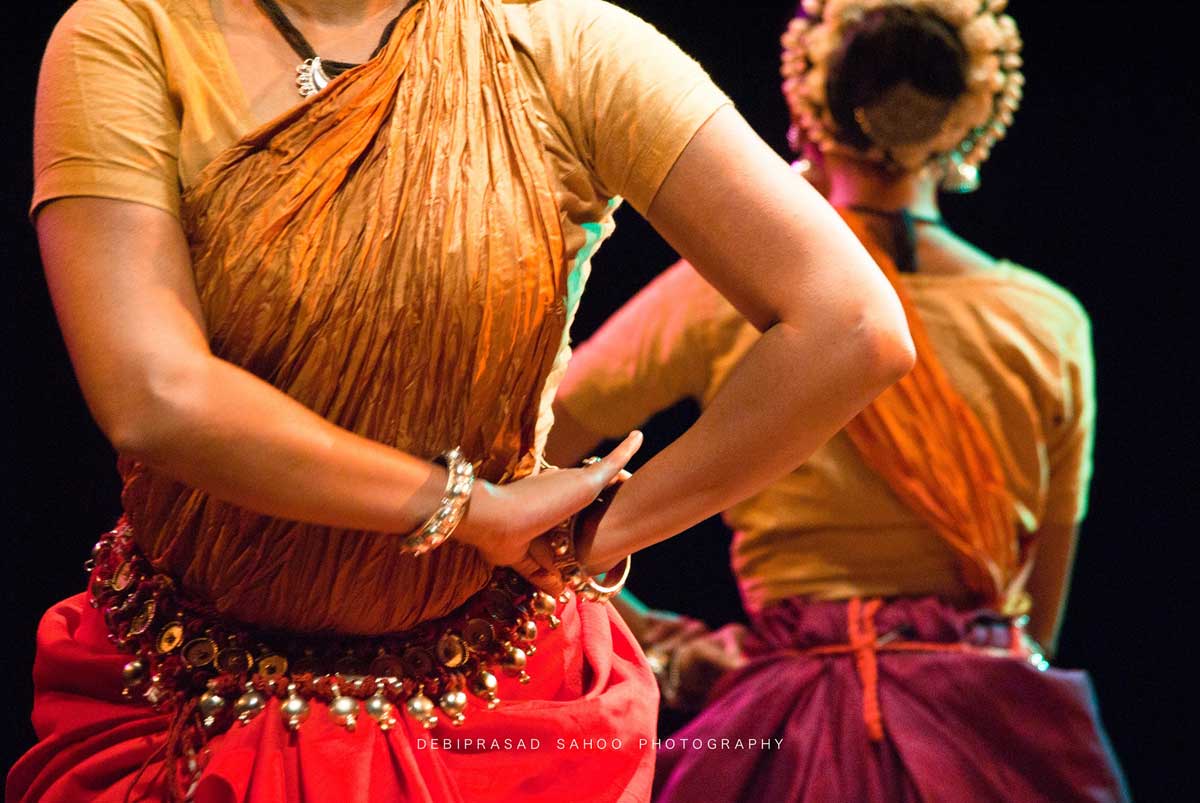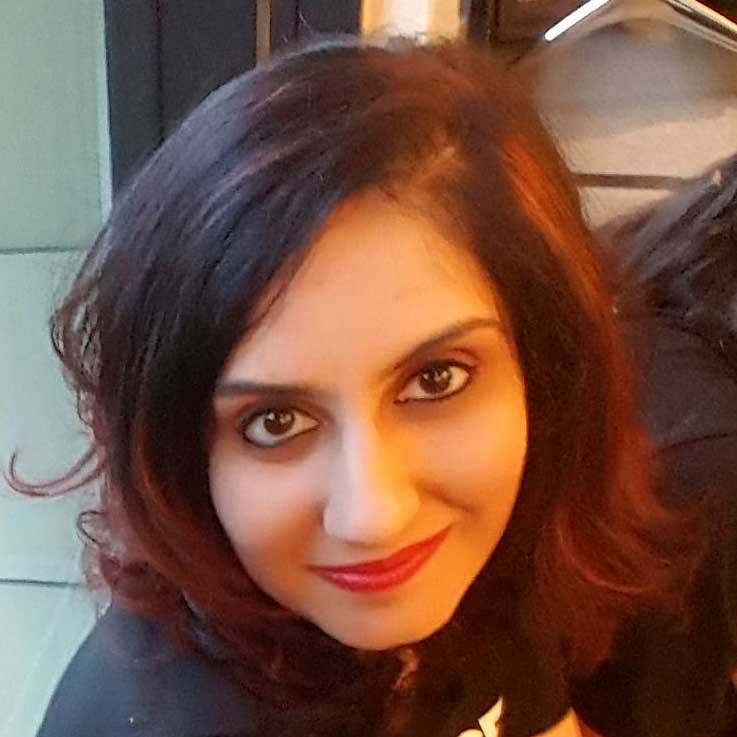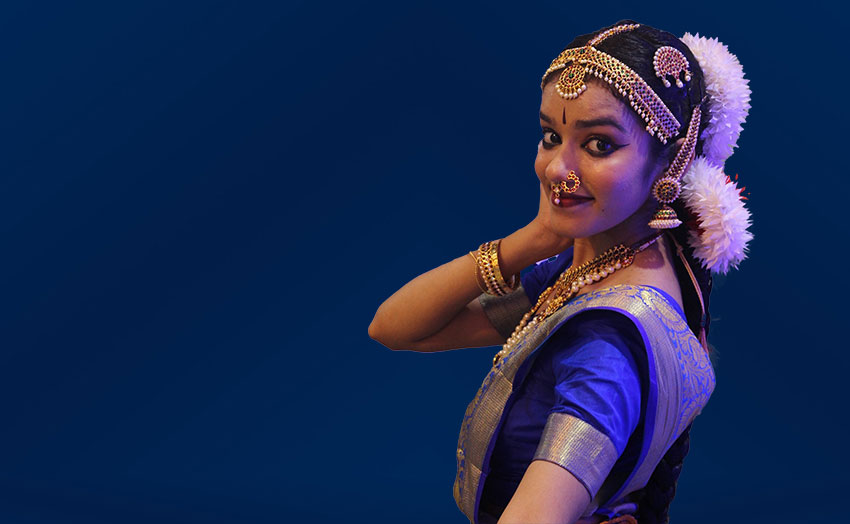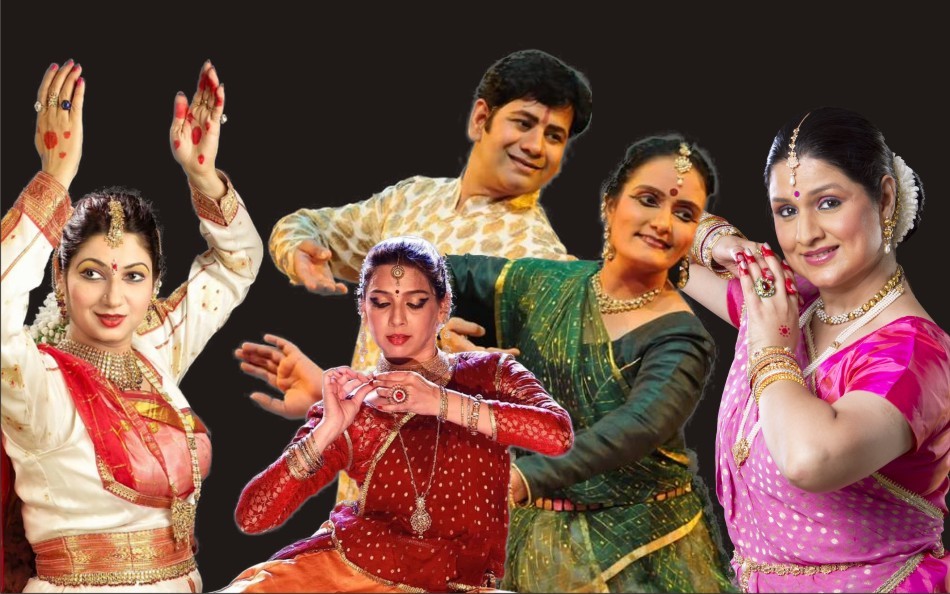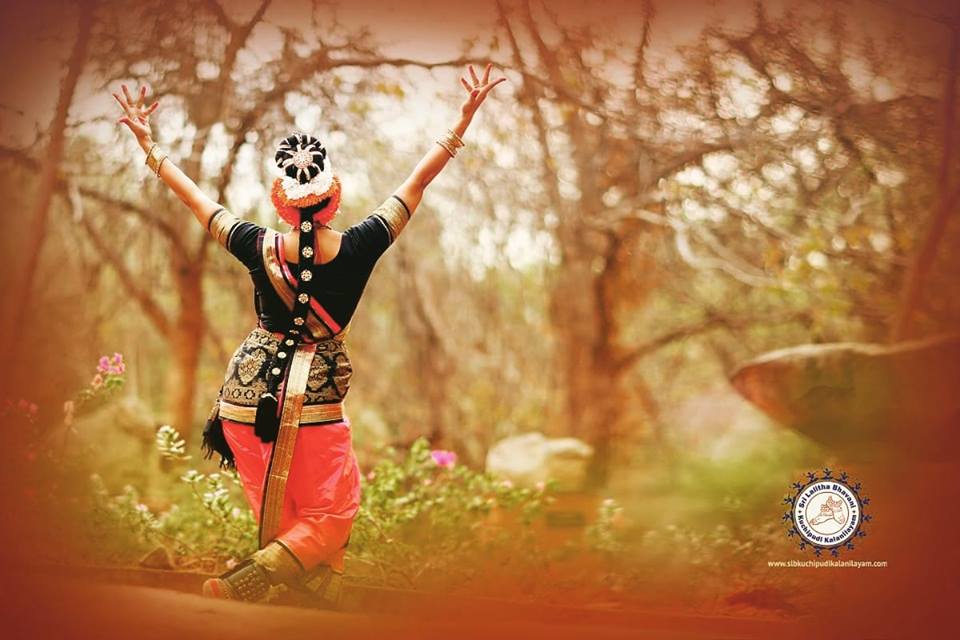Thirst gives pain, but the thirst for knowledge is full of bliss. It is not quenched in a thousand births, let alone one birth. But on drinking knowledge , the thirst for knowledge becomes yet stronger. Once this thirst is quenched, the road to knowledge is blocked. The life that ends while gathering multicolored shells of knowledge from the shores of eternal time – that is a meaningful life.
~Pratibha Ray (Yajnaseni)
The lines above are an excerpt from the book Yajnaseni, by Odia writer Pratibha Ray. I had read this book last month, coincidentally while rehearsing for my Odissi show – a book and dance from the same state of Odisha. While regular dance training continues throughout the year, the months of April and May bring about intense rehearsals due to intensive summer workshops, attended by dancers from both within the school as well as other dance institutes. These workshops are a perfect time to learn new dance sequences from different schools, as well as hone existing skills from various master trainers. I recently performed at a show with the Odissi dance institute “Vasihnovi Kala Kshetra“, which was the culmination of one of their summer workshops. An intensive ten-day regime that covered six dance items. Participants/students had ten days to learn an entire dance, which is not an easy task for the classical dance forms.
The six dances taught at Vaishnovi Kala Kshetra were:
Ashta Lakshmi – A choreography based on the eight manifestations of Lakshmi – the Hindu goddess of wealth. “Wealth” in the context of the dance incorporates various forms. Each of the eight manifestations can be broken down as:
- Maha Lakshmi (the primeval form of Lakshmi),
- Dhana Lakshmi (the goddess of monetary wealth),
- Dhanya Lakshmi (the goddess of agricultural wealth),
- Gaja Lakshmi (the goddess of animal wealth, like cattle),
- Santana Lakshmi (the goddess of progeny),
- Veera Lakshmi (the goddess of courage),
- Jaya Lakshmi (the goddess of victory), and
- Vidya Lakshmi (the goddess of knowledge).
Ashta Lakshmi is an abhinaya item, which demonstrates the emotions conveyed in the lyrics. An original composition by Guru Natbar Maharana, since it established the beginning of the dance program, Ashta Lakshmi was combined with the Mangalacharan – an invocation item that is compulsorily performed at the start of any Odissi recital.
Arabi Pallavi – Pallavis are pure dance items (in contrast to abhinayas which place more emphasis on expressing emotions through lyrics of the songs). The pallavis are named on the basis of their ragas (arabi in this case) and follow different taals (chaturasra ekatali for arabi pallavi), and the movements are more lyrical. Arabi Pallavi is an original choreography by Guru Kelucharan Mohapatra – a legendary exponent of Odissi who is credited with the revival of the dance form in the twentieth century.
Sriti Kamala – a song from the Gita Govinda composed by the poet Jayadeva Goswami. Another abhinaya item, the song speaks of a joyful and triumphant Hari and showers praises on him as the Lord of the world.
Megh Pallavi – another pure dance sequence or nritta, in raga ‘megh’ and taal ‘jhampa’. The original choreography is set by Guru Ratikant Mohapatra – the son of Guru Kelucharan Mohapatra.
Guru Brahma – Another original choreography by Guru Ratikant Mohapatra, the abhinayaitem pays tribute to the Guru. He is the Creator (Brahma), Preserver (Vishnu) and Destroyer (Shiva/Maheshwar), as well as Parabrahma – the supreme God or absolute truth.
Moksha – every classical performance concludes with “moksh”, a pure dance seeking salvation, with an aim to liberate the soul with serenity and spirituality. A traditional choreography by Guru Kelucharan Mohapatra.
This repertoire summed up an arduous ten days of training, but a great learning experience nevertheless. These are open workshops, accessible to all levels of experience and age groups. As long as the respective teachers deem their students capable of a particular item, they are welcome to attend the sessions. The only requisite is a background in Odissi dance. These are not beginner level classes, and a minimum experience of two years of Odissi dancing would be essential to pick up the nuances of the workshop training. Now back to regular off-stage sessions. As the author Ray rightly states, learning never stops. There’s always something new to learn, or old to polish. And the thirst for knowledge continues.
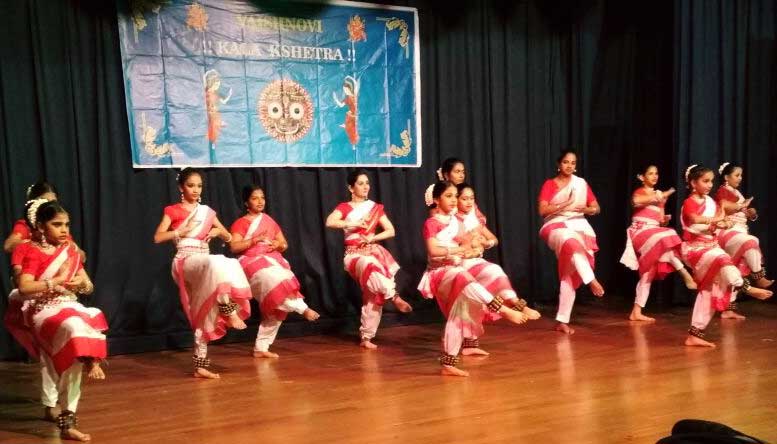
*Vaishnovi Kala Kshetra is a Odissi dance academy established in the year 1990 by Mrs. Asha Nambiar in Mumbai.



